Solar Battery Bank: Everything You Need to Know
Solar battery banks are revolutionizing the way we store and use renewable energy. These innovative systems allow homeowners and businesses to capture excess solar power during sunny periods and save it for later use, maximizing the benefits of their solar panel installations. By integrating a solar battery bank into your renewable energy setup, you can achieve greater energy independence, reduce reliance on the grid, and potentially lower your electricity bills. These versatile storage solutions come in various sizes and capacities, catering to different energy needs and property types. As the technology continues to advance, solar battery banks are becoming more efficient, affordable, and essential components of sustainable energy systems. Whether you're looking to power your home during outages or optimize your daily energy consumption, a solar battery bank could be the key to unlocking your energy potential.
What is a Solar Battery Bank
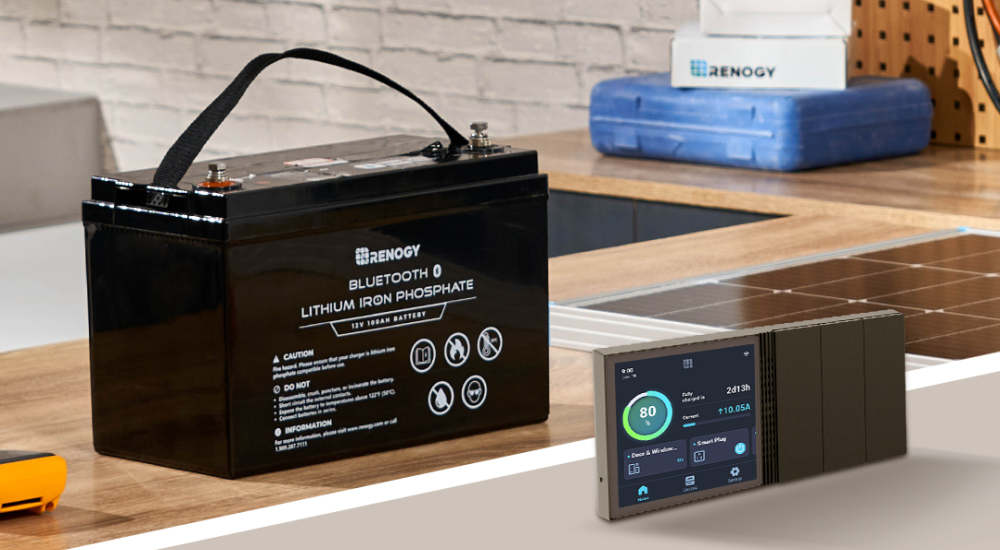
A solar battery bank is an essential component of many solar power systems, working hand-in-hand with solar panels to provide a reliable and sustainable energy solution. At its core, a solar battery bank is a collection of batteries designed to store excess electricity generated by solar panels during peak sunlight hours. This stored energy can then be used during periods of low or no sunlight, such as cloudy days or at night.
Think of a solar battery bank as your personal energy reservoir. When your solar panels produce more electricity than you're using, instead of sending that surplus back to the grid, it's channeled into your battery bank for later use. This storage capability transforms an intermittent power source (sunlight) into a consistent and dependable energy supply.
Key features of a solar battery bank include:
- Energy Storage: The primary function is to store excess solar energy for future use.
- Load Balancing: It helps balance your energy consumption by providing power when solar production is low.
- Off-Grid Capability: With a robust solar battery bank, you can potentially operate independently from the main power grid.
- Backup Power: During power outages, a solar battery bank can keep your essential appliances running.
- Scalability: You can often expand your battery bank's capacity as your energy needs grow.
How Do a Solar Battery Banks Work
Solar battery banks play a crucial role in today's solar power systems by enabling efficient storage and use of solar energy. But how do these solar battery banks actually function? Let's explore the process in a straightforward and easy-to-understand manner.
The Components of a Solar Battery Bank
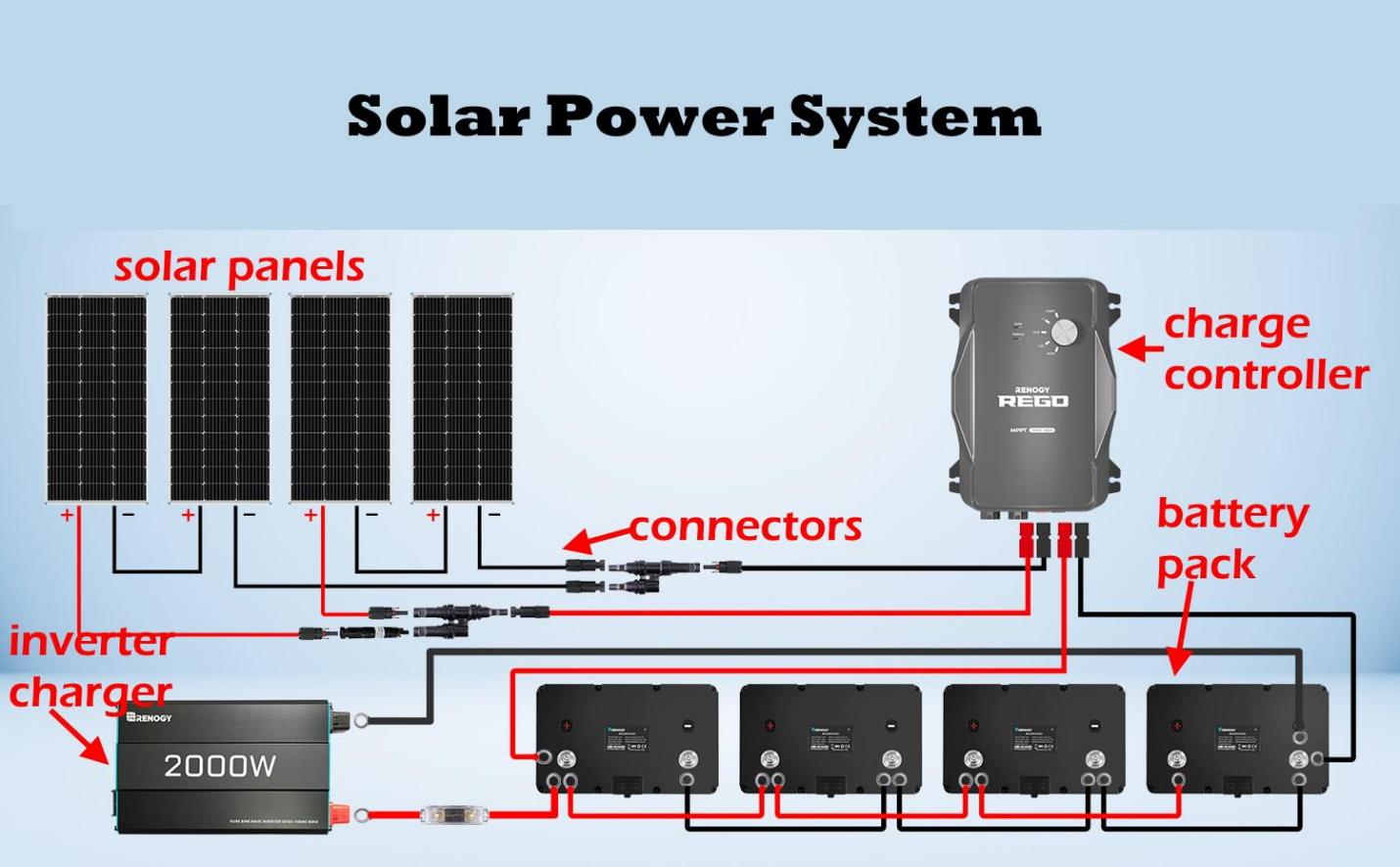
A typical solar battery bank consists of several key components:
- Solar Panels: These panels capture sunlight and convert it into electricity.
- Charge Controller: This device regulates the voltage and current coming from the solar panels to the batteries, preventing overcharging and extending battery life.
- Battery Bank: A group of batteries that store the electricity generated by the solar panels.
- Inverter: This converts the stored DC (direct current) electricity in the batteries to AC (alternating current) electricity, which is what most household appliances use.
How Energy Flows Through a Solar Battery Bank
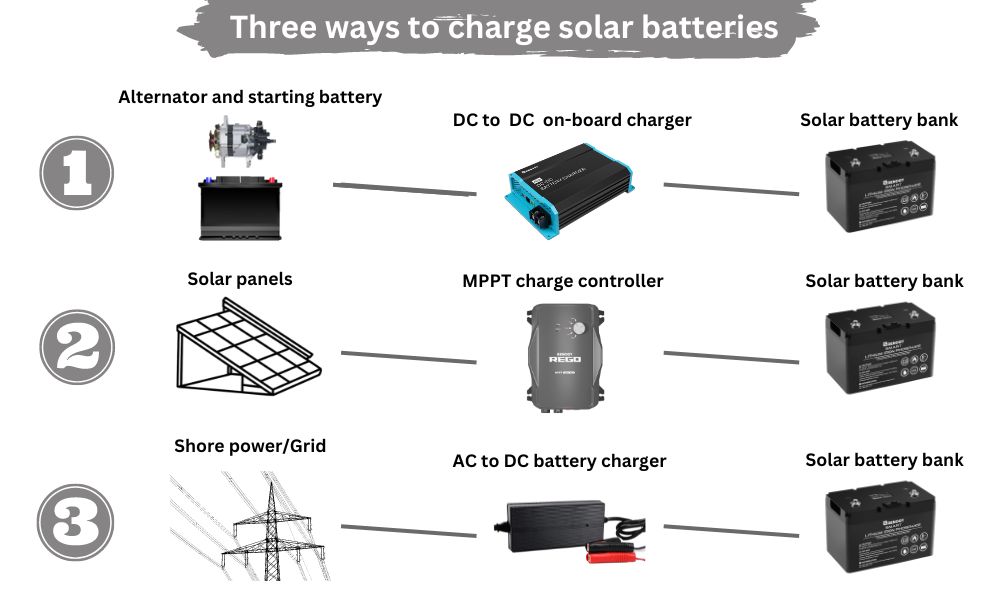
The process begins with the solar panels, which capture sunlight and convert it into DC electricity. This electricity then flows through the charge controller, which ensures the electricity is delivered to the battery bank at the correct voltage. Once the electricity reaches the battery bank, it is stored for future use.
When you need to use the stored energy, the electricity flows from the battery bank to the inverter. The inverter converts the DC electricity to AC electricity, making it usable for your household appliances. This entire process ensures that you have a steady and reliable power supply, even during nighttime or cloudy days.
Are Solar Battery Banks Worth it
The question of whether solar battery banks are worth the investment is becoming increasingly relevant as solar technology advances. The value of a solar system battery bank depends largely on individual circumstances and energy goals.
While the upfront cost of a home solar battery bank can be substantial, prices have been steadily decreasing. Many homeowners find that the long-term savings and benefits justify the initial investment. Additionally, incentives and tax credits are often available to help offset the cost.
The worth of a solar power battery bank varies depending on factors such as location, energy usage patterns, and local electricity rates. In areas with high electricity costs or unreliable grid power, the value proposition becomes even stronger.
Pros and Cons of Solar Battery Storage
While a solar panel battery bank can offer numerous benefits, it's essential to weigh both the advantages and disadvantages before making a decision. Let's explore the pros and cons of incorporating a solar power battery bank into your home energy system.
Pros
- Energy Independence: A solar battery charger power bank allows you to store excess energy generated by your solar panels, reducing your reliance on the grid. This increased self-sufficiency can lead to lower electricity bills and protection against power outages.
- Maximized Solar Investment: By storing unused solar energy, you can utilize more of the power your panels produce, even when the sun isn't shining. This maximizes the return on your solar system investment.
- Time-of-Use Optimization: With a home solar battery bank, you can use stored energy during peak electricity rate hours, potentially saving money on your utility bills.
- Reduced Carbon Footprint: By using more of your own clean energy, you're decreasing your reliance on grid power, which often comes from non-renewable sources.
- Backup Power: A solar system battery bank provides reliable backup power during grid outages, ensuring your essential appliances keep running.
Cons
- Initial Cost: The upfront investment for a solar power battery bank can be significant, potentially adding thousands of dollars to your solar system cost.
- Limited Lifespan: While improving, batteries still have a limited lifespan (typically 5-15 years) and may need replacement before your solar panels.
- Maintenance: Some battery types require regular maintenance to ensure optimal performance and longevity.
- Space Requirements: Depending on the size of your solar battery bank, you may need to dedicate a significant amount of space for installation.
- Complexity: Adding battery storage increases the complexity of your solar system, potentially leading to more points of failure and maintenance needs.
Solar Battery Storage Cost
The cost of a solar battery bank is influenced by four primary factors:
- Battery Storage Capacity: Larger capacity batteries are more expensive. For example, a 12V 100Ah LFP battery costs more than a 12V 50Ah LFP battery of the same make.
- Battery Type: The materials used in construction affect price. Lithium-ion, Gel, and AGM batteries vary in cost based on material quality and rarity.
- Battery Lifespan: Long-lasting batteries have higher upfront costs but may be more economical over time. A $500 LFP battery lasting 10 years is ultimately cheaper than a $150 lead-acid battery replaced every two years.
- Depth of Discharge (DOD): Higher DOD allows access to more stored energy before cut-off, influencing cost.
Additional factors affecting solar power battery bank pricing include safety features, output voltage, and maintenance requirements. When choosing a home solar battery bank, consider these factors alongside your energy needs and budget to determine the most cost-effective solution for your solar system.
Best Solar Battery Bank in 2024

For beginners looking to start their solar power journey, the Renogy 12V/24V/48V 200Ah Core Series Deep Cycle Lithium Iron Phosphate Battery is an excellent choice. This versatile battery offers a substantial 200Ah capacity, making it ideal for various applications. Its deep cycle design ensures longevity and reliable performance, while the lithium iron phosphate chemistry provides enhanced safety and efficiency. The ability to connect in series or parallel allows for easy system expansion as your energy needs grow.

For professionals or those requiring a more comprehensive solution, the Lycan 5000 Power Box stands out as a top-tier solar battery bank. This all-in-one energy storage system boasts a 4.8kWh capacity and 3500W pure sine wave AC output, perfect for powering home appliances during emergencies or off-grid living. The Lycan 5000 features plug-and-play functionality for effortless setup and includes built-in solar charge controllers for seamless integration with solar panels.
Both options showcase Renogy's commitment to quality and innovation in the solar energy market. Whether you're a beginner seeking a reliable battery or a professional needing a comprehensive power solution, these products offer the best solar battery bank options to meet your specific energy storage needs.
How Long Do Solar Battery Banks Last
The lifespan of solar battery banks varies widely depending on several factors. On average, lead-acid batteries last between 3 to 5 years, lithium-ion batteries can last up to 10 years or more, and nickel-cadmium batteries can have a lifespan of 15 to 20 years. Regular maintenance, proper storage, and careful management of charge and discharge cycles are essential for maximizing the longevity of your solar battery bank. Investing in a high-quality solar power battery bank and adhering to best practices can significantly enhance its performance and durability over time.
Several factors influence the lifespan of solar battery banks, including the type of battery, usage patterns, and environmental conditions. Different batteries, such as lead-acid, lithium-ion, and nickel-cadmium, have varying lifespans. Frequent deep discharges and improper charging can shorten a battery's life, making it crucial to manage the depth of discharge. Environmental conditions like extreme temperatures can also impact battery efficiency and longevity. High temperatures may cause overheating, while low temperatures can reduce charge capacity. Proper maintenance, storage, and usage are key to extending the life of your solar battery bank.
Conclusion
Investing in a solar battery bank offers significant advantages, including enhanced energy independence, cost savings through reduced reliance on grid power, and reliable backup during outages. These systems, interconnected through inverters and charge controllers, optimize energy storage and distribution from solar panels, ensuring efficient and sustainable electricity usage. Choosing a solar battery bank, such as those offered by Renogy, supports both environmental sustainability and financial resilience, making it a compelling choice for modern energy solutions.
FAQs about Solar Battery Bank
1. Why Choose Solar Battery Storage Over Grid Storage?
While using the grid for energy storage is an option, relying on solar batteries has significant benefits. If the grid shuts down during an emergency or fault, solar batteries provide a reliable backup power source. This ensures you have power even when the grid is unavailable.
2. When Is Solar Battery Storage Worth It?
Consider investing in solar battery storage if:
- You live off-grid, away from any power lines.
- Your state has unfavorable net metering policies.
- You need a backup power source for emergencies and power outages.
3. How are battery banks for solar interconnected?
Battery banks utilize two main connection types to achieve required current and voltage outputs:
- Parallel Connection: This method links batteries' positive terminals with one wire and negative terminals with another. It maintains a consistent output voltage while increasing the total current capacity by summing each battery's amperage.
- Series Connection: Here, batteries connect end-to-end with the first positive terminal to the second battery's negative terminal, continuing in sequence. This setup accumulates voltage across batteries while keeping the overall current constant.
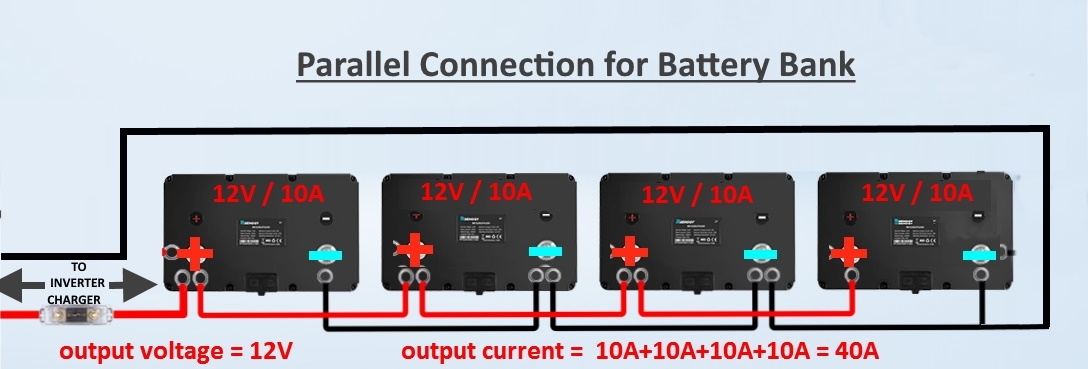
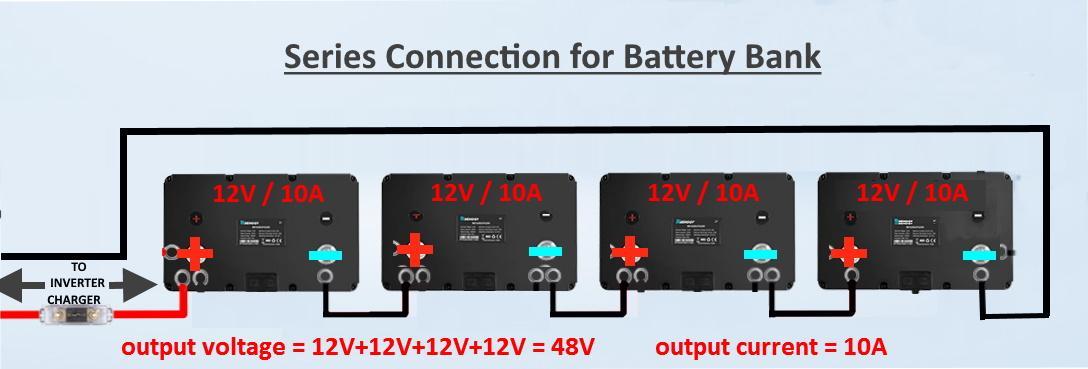
Understanding these connections is crucial when assembling a solar battery bank, as some configurations may combine both parallel and series setups to meet specific voltage and current needs. You can find More information on solar panel connections in another article - A Guide Between Series And Parallel Connections.








